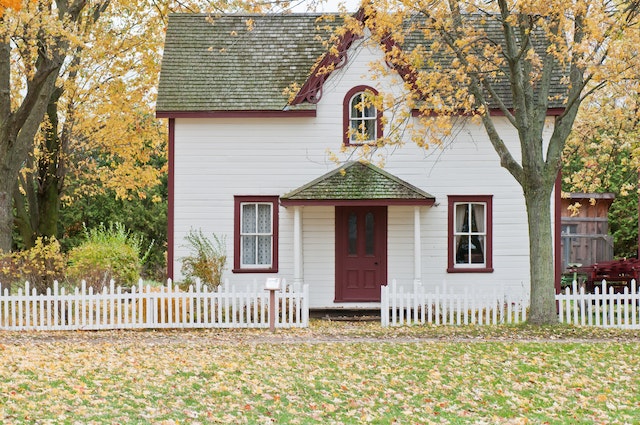
Dealing with water damage can be an extremely stressful and challenging situation. From minor leaks to catastrophic flooding, water invasions can cause havoc on a property in numerous ways.
This article will provide an in-depth look at the water damage restoration process, including causes, assessment, extraction, drying, mold remediation, dehumidification, sanitization, repairs, and how to choose the right restoration company. With the right knowledge, water damage can be effectively remediated to restore your property.
Causes of Water Damage
Identifying the water damage’s cause is the restoration process’s first step. Some common causes include:
- Burst or leaking pipes: One of the most common causes of water invasions.
- Appliance leaks or malfunctions: Issues with water heaters, washing machines, dishwashers, and refrigerators can all lead to water leaks.
- Basement flooding: Heavy rain, blocked gutters, foundation cracks, and poor lot grading can result in basement floods.
- Plumbing failures: Malfunctioning toilets, loose pipe fittings, and broken drain lines allow water to escape.
No matter the cause, water damage should be addressed immediately to prevent mold, structural damage, electrical issues, and potential health hazards. Identifying leaks quickly and calling in restoration experts can minimize destruction.
Water Damage Assessment
After determining the cause, a thorough water damage assessment should be conducted. Water damage professionals use moisture meters, infrared cameras, and visual and sensory clues to evaluate the scope of the issue. Key aspects assessed include a source of water intrusion, size of the affected area, materials impacted by water, moisture levels, water penetration into walls/structures, evidence of mold or bacterial growth, and damage to mechanical systems like HVAC units. A detailed inspection indicates the best drying and restoration methods. It also provides documentation for insurance claims. Though tempting, don’t try extensive repairs until after the assessment.
Water Extraction
Extracting excess water is critical to stabilize the environment and prepare for drying. Professionals use truck-mounted vacuum systems and submersible pumps to remove standing water. Extraction stops additional moisture damage and removes contaminated water. All wet materials are thoroughly extracted based on absorption rate and content. Extraction also removes dampness from cavities and voids in walls, floors, and furniture. Proper water removal facilitates effective drying.
Structural Drying
Restoring the structure through drying helps prevent further issues. Professionals use specialized drying techniques based on the materials affected. Low-grain refrigerant (LGR) dehumidifiers maintain optimal humidity levels for porous materials like drywall and wood. Direct air movement with axial fans circulates air and accelerates drying. For non-porous materials, desiccant dehumidifiers actively absorb moisture from the air. Technicians also use metering equipment to detect moisture behind walls and under floors.
Mold Remediation
If excess moisture lingers, mold growth is a major concern. To prevent mold, restoration technicians adjust climate controls, meter humidity, and monitor the drying process. If mold is found, professionals take steps to eliminate and prevent regrowth. All affected materials are cleaned, disinfected, and dried completely. Air scrubbers filter spores from the air. Dehumidifiers maintain humidity below 50 percent. Once eradicated, mold growth is prevented through proper drying techniques.
Dehumidification
Bringing elevated humidity back to normal levels is vital after water damage. Powerful dehumidifiers are used throughout the restoration process to eliminate lingering dampness. Desiccant dehumidifiers adsorb water vapor from the air into an absorbent substrate. Refrigerant dehumidifiers condense moisture from the air and drain it away. Strict humidity monitoring ensures optimal moisture levels are maintained. Reducing humidity facilitates drying and prevents further issues like mold growth and warped floors.
Sanitization
Flood waters contain contaminated sediments and bacteria. Professional restoration technicians sanitize all affected materials to re-establish a safe, hygienic environment. Disinfecting solutions, UV light devices, fogging machines, and ozone generators sanitize surfaces, cavities, carpets, and fabrics. Air scrubbers remove airborne particles. Proper sanitization removes health hazards left behind.
Repairs and Restoration
Once fully dry, repairs can take place to restore contents and the structure to pre-loss condition. Drywall, flooring, doors, and finishes may need replacing. Technicians work closely with insurance providers to repair damaged items and rebuild affected areas. Painting, carpeting, cabinetry, and setting new fixtures are common restoration steps. Repairing damage from the water invasion and drying process returns the property to normal.
Choosing a Water Damage Restoration Company
With the complex, multi-step restoration process, hiring a qualified professional water damage restoration company is essential. Look for technicians with IICRC certification who follow standard ANSI practices. Verify proper licensing and insurance. The right company has technical expertise, specialized drying equipment, and experience with water damage recovery. If you live near the Denver region, contact a specialist in water damage restoration in Denver or wherever you may live now to get your needed help.
Conclusion
Dealing with water damage can be overwhelming. You can tackle water damage effectively by understanding the restoration process, causes, assessment techniques, extraction methods, drying, sanitization, and repairs. Partnering with skilled water damage restoration technicians expedites the recovery process.


